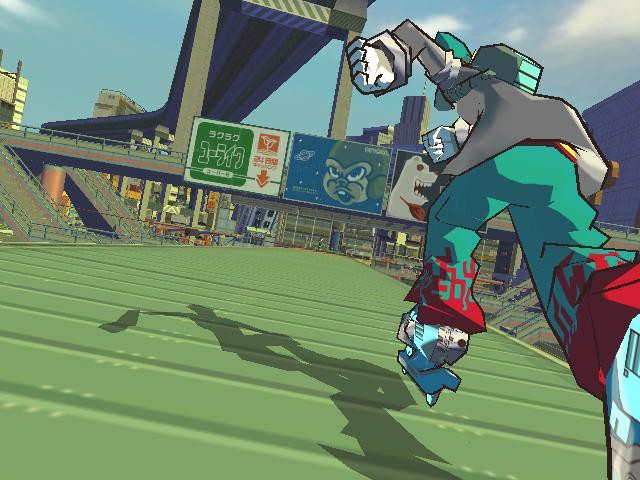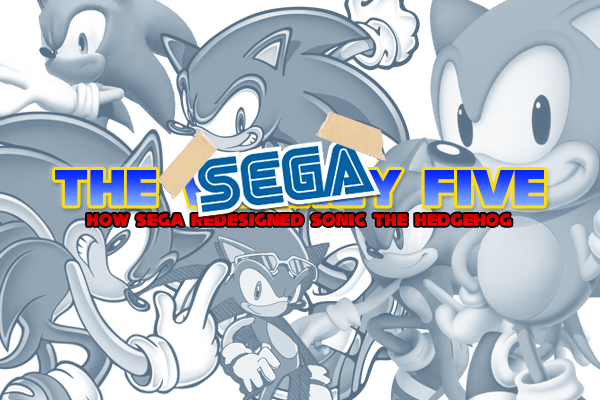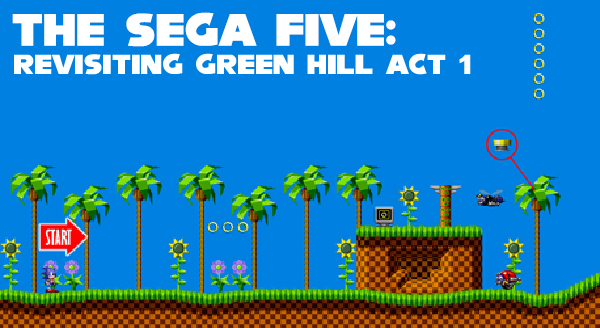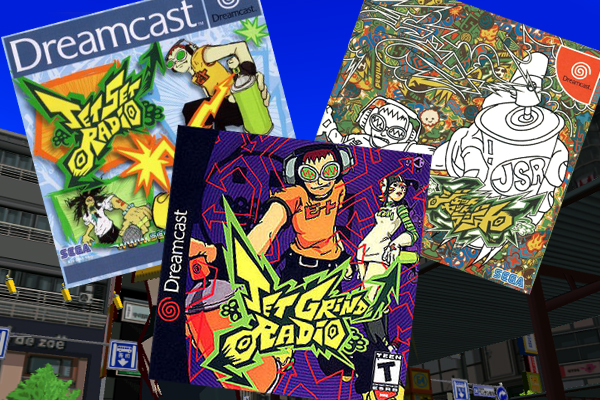The SEGA Five: SEGA published games that deserve more attention
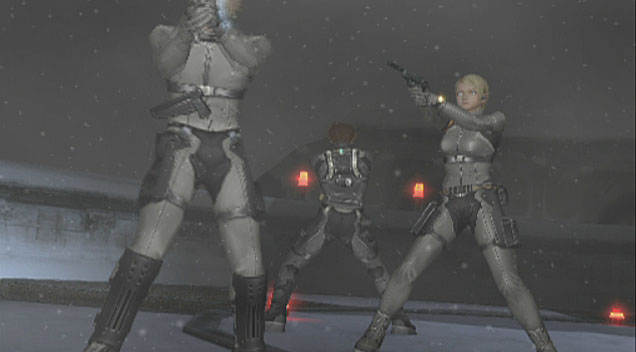
If you discuss Streets of Rage, Super Monkey Ball, or even anything Sonic, chances are you can hear that 90’s jingle of retro goodness (SEGAAAAAAAAAAA!). The company helped create some wonderful games and franchises and are still going strong to this day. That being said, most of the games published by SEGA are sometimes often forgot about and usually sit on store shelves to collect dust and/or be pauper’s pennies.
While I haven’t played every single game SEGA has helped publish, some of those games stick out to me in a very unique and interesting way. And SEGA, being the quirky company they are, brought me wonderful memories and breathes a one-of-a-kind charm to those certain games. So in no particular order (with the first one being my favorite out of the five), here are some games that rightfully deserve more attention than they get!

